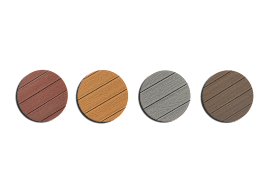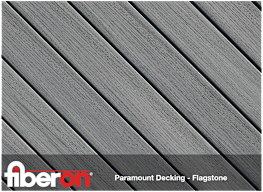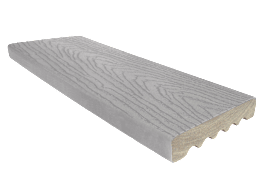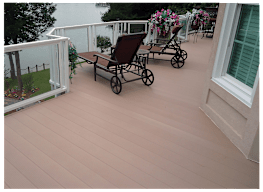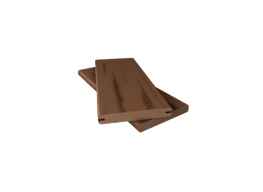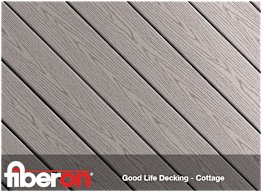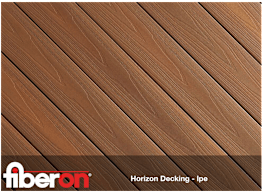Best Decking of 2023
What type of decking will hold up for the long haul? To find out, we exposed samples made from aluminum, composites, and wood to extreme conditions.
When you shop through retailer links on our site, we may earn affiliate commissions. 100% of the fees we collect are used to support our nonprofit mission. Learn more.

When you’re choosing decking boards, pretty much any deck will look great when it’s brand new, but how materials hold up over time can vary considerably. A deck built with subpar materials will start showing its age in a year or two. Fast-forward a decade, and a wooden deck that was beautiful that first summer might have warped or cracked wooden boards. Even a composite deck might have a faded finish or a section that sags between joists.
Historically, most decks were made from wood, such as pressure-treated pine or cedar. But new materials, including aluminum, composites (which use a mix of wood fiber and plastic and are designed to resemble real wood), and vinyl, offer compelling alternatives.
How CR Tests Decking
For wood alternatives, we test individual product lines from brands such as Azek, Fiberon, and Trex. With wood, we simply test by species (like yellow pine, cedar, and ipe). Wood of a particular species should perform similarly, regardless of where it’s milled or sold.
In our Yonkers, N.Y., test facility, we use specialized instruments to test each decking sample for resistance to flexing to ensure that boards won’t bow or bend if you’re entertaining a crowd or if you park a heavy grill in one spot all summer long. Next, we size up which materials resist common stains, such as ketchup and mustard, and which offer some slip resistance—very important if you’re installing a deck near a pool.
We also drop weights of various sizes on the surface of each board to see which samples dent on impact. And we send more than a dozen samples of each material to two areas with extreme climates: hot and dry Arizona, and Florida, where the humidity presents a different challenge to certain materials. We assess those samples yearly for three years, evaluating their appearance and retesting for all the attributes above to see whether age and exposure to the elements affect overall performance. Wood products are tested without a stain or sealer.
For a look at all the considerations, start with our decking buying guide. CR members can also jump right to our decking ratings or read on for the best decking from our tests. Unless otherwise noted, the prices below are per linear foot.
How We Pick the Best Decking
Decking comes with serious trade-offs depending on the brand, material, and species. As a rule, wood is harder, so it tends to resist flexing better than composites. Composites, on the other hand, generally resist staining better because they have a manufactured outer shell that’s nonporous. For this article, we’ve whittled down the best decking option within each material type, ensuring that all of the deck boards here have the following in common:
- They’re strong. Every option here earns at least decent marks for resistance to flexing. The best of the bunch ace that test, so they’ll hold up to grills and outdoor furniture, no problem.
- They’re slip-resistant. The options we’ve highlighted are less likely to turn a spilled drink or some residual rainwater into a major accident.
- They hold up in weather. Some decking will rot or discolor from years of exposure to rain and sun. These options all proved their ability to retain their good looks even after years of exposure to the elements.

















